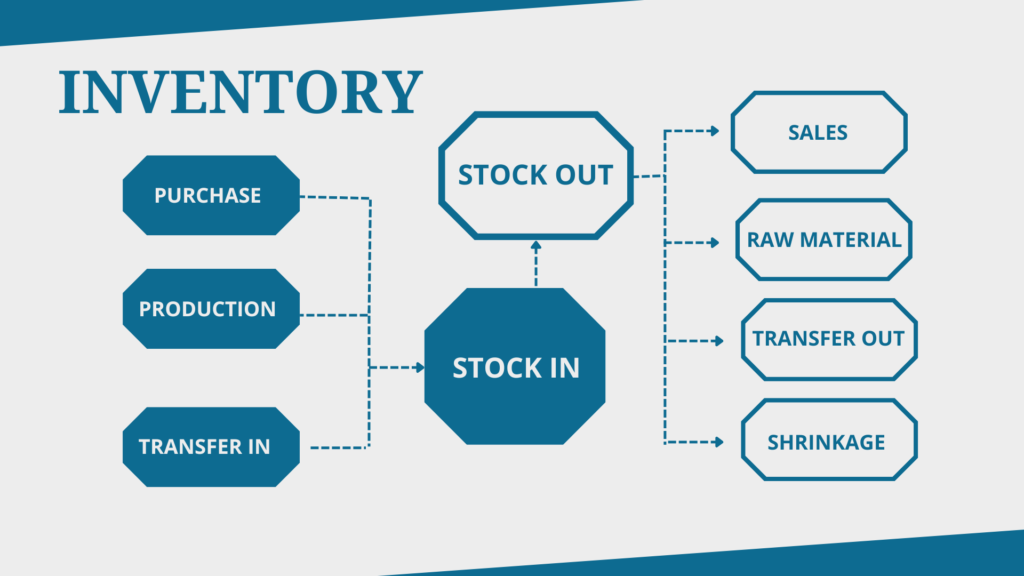Inventory Management

Inventory management involves overseeing the ordering, storage, and use of goods and materials by an organization. It's a crucial aspect of operations for businesses across various industries, ensuring that the right products are available in the right quantities at the right time. Here's an overview of key components and strategies involved in inventory management:
-
Inventory Planning and Forecasting:
- Analyzing historical data, market trends, and demand patterns to forecast future inventory needs.
- Setting inventory levels and reorder points based on demand variability, lead times, and desired service levels.
-
Inventory Control:
- Implementing systems and processes to track and monitor inventory levels accurately.
- Establishing controls to prevent stockouts, overstocking, and obsolete inventory.
- Utilizing techniques such as ABC analysis to prioritize inventory management efforts based on the value and demand of items.
-
Ordering and Replenishment:
- Determining when and how much to reorder based on inventory levels, lead times, and reorder points.
- Optimizing order quantities to minimize carrying costs and maximize order frequency while meeting demand.
-
Supplier Management:
- Developing and maintaining relationships with suppliers to ensure timely and reliable delivery of materials.
- Negotiating favorable terms, pricing, and contracts to optimize procurement costs and minimize risks.
-
Inventory Classification and Segmentation:
- Categorizing inventory items based on factors such as demand variability, value, and criticality.
- Segmenting inventory to apply different management strategies and controls based on item characteristics.
-
Inventory Optimization:
- Implementing techniques like just-in-time (JIT) inventory management and lean principles to reduce waste and improve efficiency.
- Utilizing inventory optimization software and advanced analytics to optimize inventory levels and distribution.
-
Technology and Automation:
- Leveraging inventory management software and systems to streamline processes, track inventory in real-time, and generate reports.
- Implementing barcode scanning, RFID, or other automated identification technologies to improve accuracy and efficiency in inventory tracking and management.
-
Risk Management and Compliance:
- Identifying and mitigating risks related to inventory, such as stockouts, overstocking, and supply chain disruptions.
- Ensuring compliance with regulatory requirements, industry standards, and internal policies related to inventory management.
Effective inventory management requires a balance between minimizing carrying costs and ensuring sufficient stock availability to meet customer demand. By implementing robust inventory management practices and leveraging technology and data-driven insights, organizations can optimize their inventory levels, improve operational efficiency, and enhance customer satisfaction.
Thank you,
